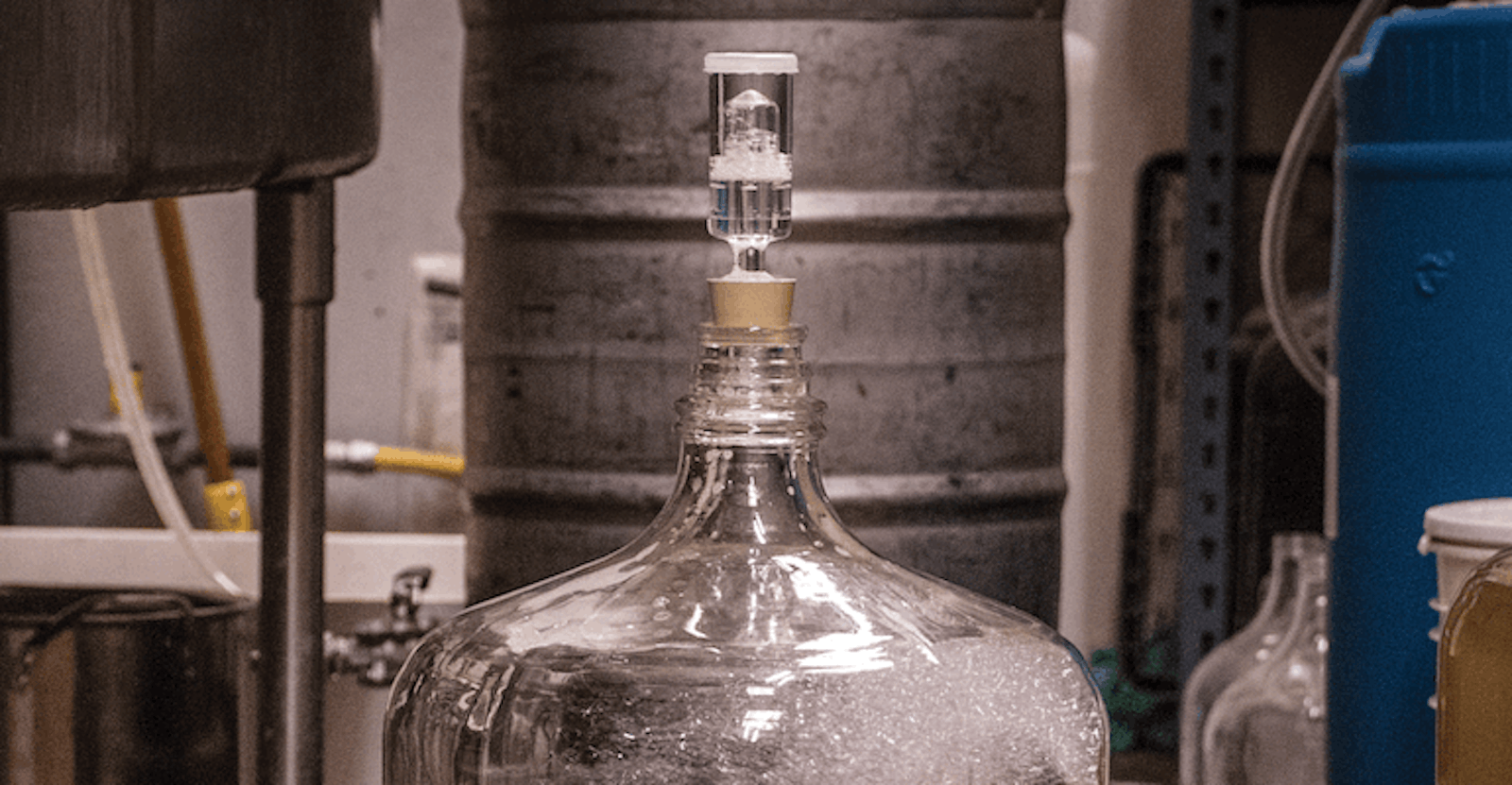Except sometimes it doesn’t bubble when you think it should, and sometimes it bubbles when you don’t expect it to. An airlock that fails to bubble causes much concern for beginning homebrewers (second only, perhaps, to unsubstantiated fears of infection). But before you freak out, learn how they work and why a lack of bubbles probably isn’t the end of the world.
What an airlock does
Airlocks come in two basic models: the three-piece airlock and the S-shaped airlock. The three-piece airlock disassembles into, well, three pieces, which makes for easy cleaning in case it gets clogged during an especially aggressive fermentation. The S-shaped airlock features two vertical chambers connected by a sort of drain trap. Either airlock will suit your fermentation needs, but brewers sometimes prefer the three-piece model for primary fermentations (which carry the highest risks of clogging) and reserve S-shaped models for secondary fermentation and aging.
The sole purpose of any airlock is to allow an otherwise sealed fermentation environment to relieve internal pressure. That’s it. Airlocks aren’t designed to tell you anything, and they aren’t indicators of fermentation. When an airlock bubbles, it simply means that the air pressure inside the bucket or carboy is sufficiently high to push up the little column of water and relieve the pressure.

